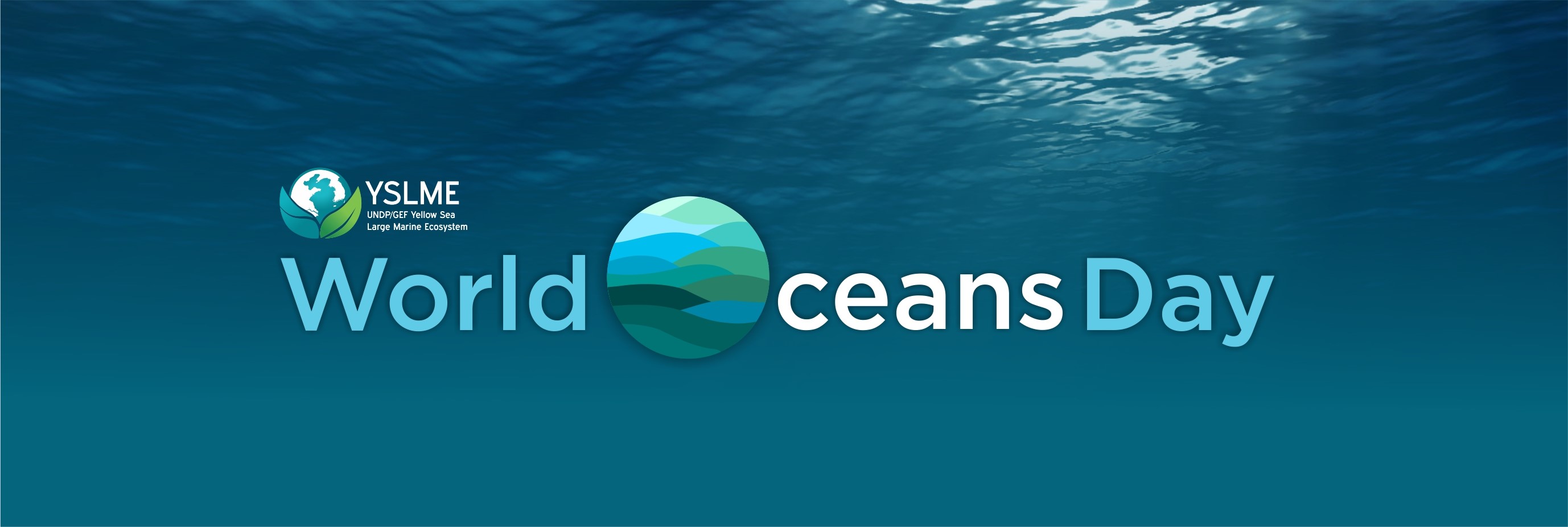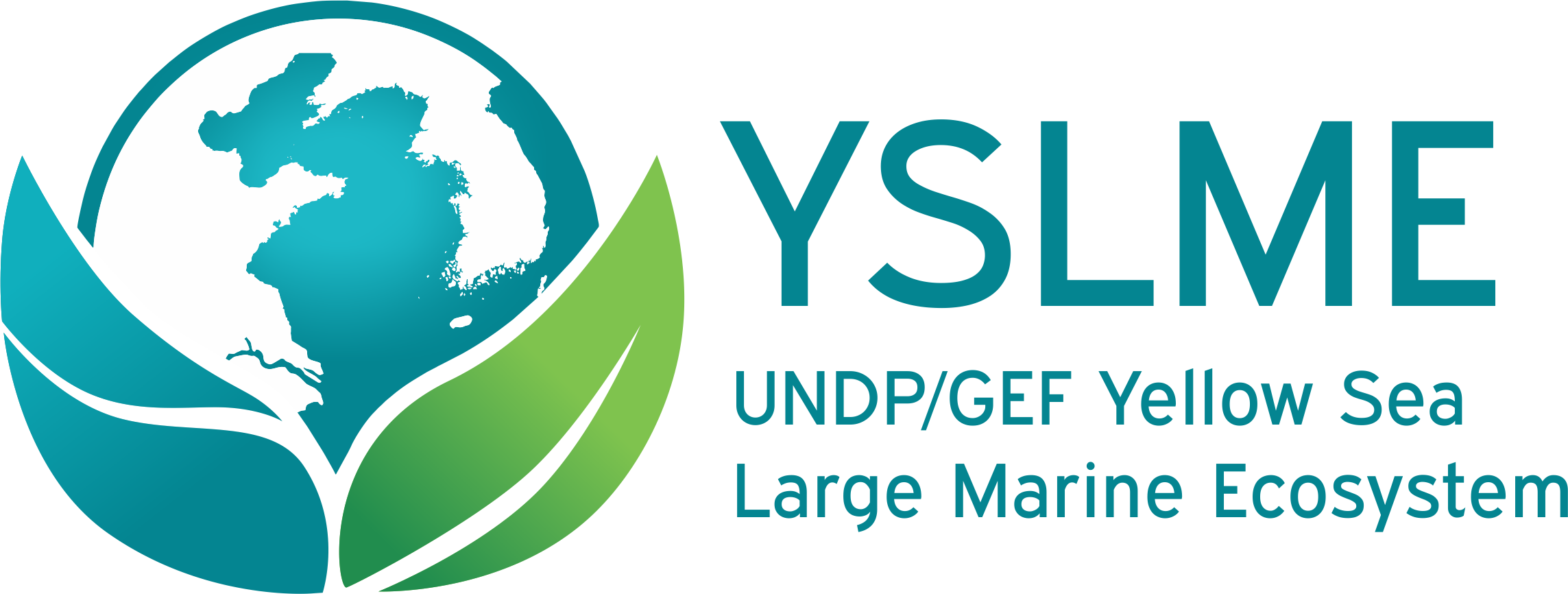
Oceans and seas contribute approximately $3-6 trillion annually to the global economy in terms of the market value of goods and services including fisheries, energy, shipping, tourism, recreational, and mining sectors, as well as non-market ecosystem services such as climate regulation, nutrient cycling and carbon sequestration.
In the Yellow Sea, for instance, more than 200 million people live in areas around the Yellow Sea and there are several important port cities along its coastline. It is home to 321 fish species from 113 families, an important stop-over site for over 50 million migratory waterbirds, and a critical habitat for several endangered marine mammals. In China, the marine GDP of the coastal regions along the Yellow Sea was at CNY2.54 trillion in 2016. While in RO Korea, the GDP of its coastal regions along the Yellow Sea accounts for 37.6 percent of the country. .
Yet, the integrity of these ocean values and services is at significant risk. Human interference poses the biggest threat to oceans with increasing marine pollution coming from land-based activities, depleting fish stocks, habitat degradation and loss, agricultural wastes and other runoff, and increasing temperatures causing sea level rise, among others.
In support of the UN Sustainable Development Goal (SDG) 14 on Life Below Water, this year’s celebration of World Ocean Day highlights the need for “innovation for a sustainable ocean”. This calls for transformation and innovation not just at the science or technological aspect, but also at political and socio-economic level, covering: ocean governance, policies, education, as well as financing and business processes.
Anchored on ecosystem-based principles, the UNDP/GEF Yellow Sea Large Marine Ecosystem (YSLME) Phase II Project has been advancing innovations by facilitating research, best practices, integrated policies, new tools/technologies, and collaborative works to address key transboundary issues in the Yellow Sea. Some of these key innovations include:
- Operationalizing the Interim regional governance mechanism to oversee the implementation of the YSLME SAP 2009-2020;
- Implementation of sustainable maricultural practices (Integrated Multi-trophic Aquaculture, recirculating aquaculture systems, and detection and response systems to control diseases), and imposition of reduction of fishing vessels and seasonal fishing in support of fish stock recovery and improved livelihoods for fishermen;
- Addressing point sources and non-point sources of pollution through establishment of monitoring networks, and use of new technologies (vegetated swales or buffer strips, infiltration trenches, ecological ponds, etc.)
- Regular monitoring of marine litter and capacity building in microplastics monitoring , as well as implementation of buy-back programs, and operation of marine litter barges, use of biodegradable eco-friendly buoys, etc.;
- IT-enhanced monitoring of migratory waterbirds (use of mobile APPs, satellite tracking of spotted seals, etc.)
- Restoration of critical habitats that protect key aquatic species, migratory birds, and zone for nutrient recycling;
- Use of portable detection devices, design of land-based and sea- based ballast water exchange facilities, and treatment facilities to track and control invasive alien species in ballast water
- Innovative awareness and knowledge-building programs (MPA networking, Migratory bird information facilities, environmental awareness through arts and sports, etc.)
The different environmental and economic challenges that we currently face, including the continuing threats posed by the COVID-19 global pandemic is a wake-up call, reminding us of the need for change and innovation that is geared towards a healthy and sustainable environment for all.
We, at the YSLME, will continue to work on innovative solutions for the Yellow Sea region, in support of the global pledge that “no one will be left behind”, including our oceans.
Happy World Ocean Day!










